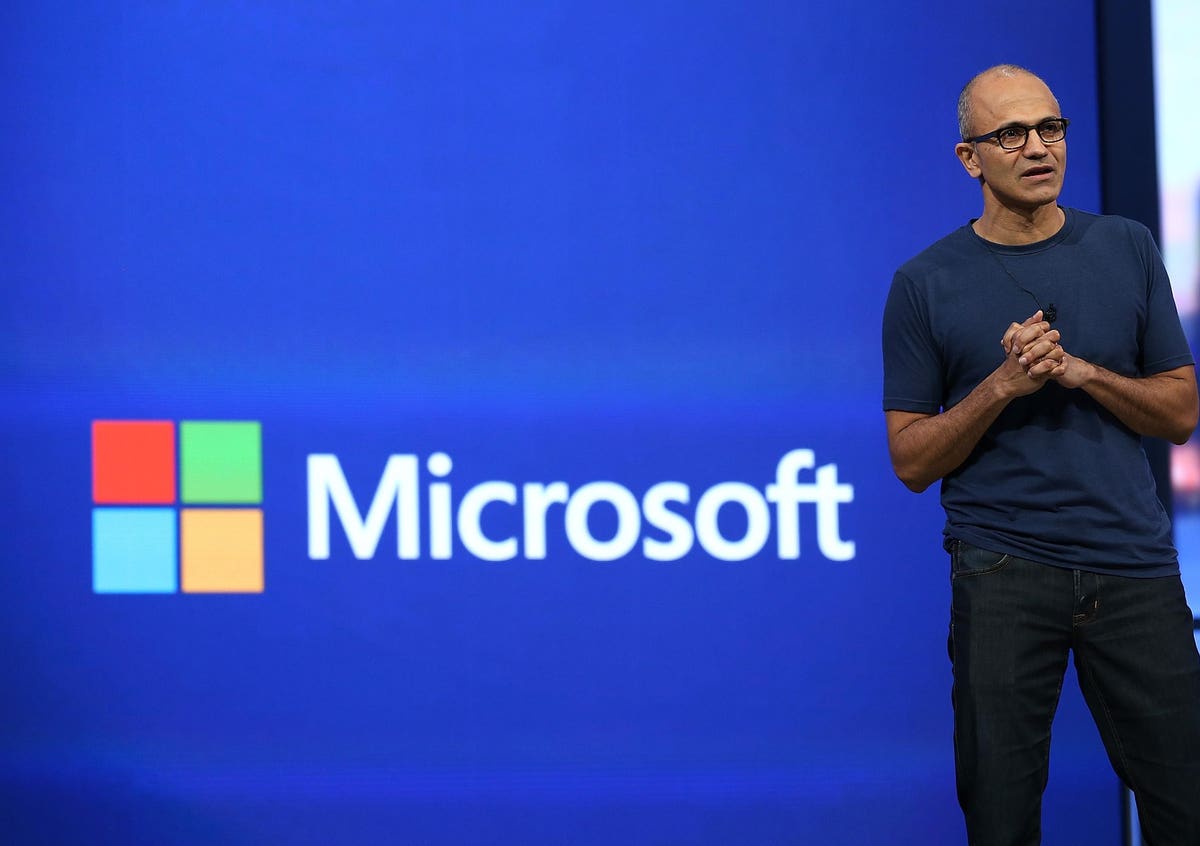As the healthcare industry and the technology that serves it rapidly grows, there is an immense amount of data and information generated. In fact, reports indicate that the growth rate of healthcare data is far beyond those of other industries: approximately 30% of the world’s data is currently generated by the healthcare industry, with a growth rate of nearly 36%— more than the manufacturing, financial services, and entertainment industries.
One of most useful aspects of the swiftly evolving technology landscape in the last two decades has been the innovation of methods to analyze this data and generate new insights as a means more effective care delivery. Famed technology giant Microsoft has been at the top of this game.
Earlier this year, the company announced Microsoft Fabric, “an end-to-end, unified analytics platform” which integrates multiple technologies (e.g., Azure Data Factory, Power BI) to enable organizations to unlock the potential of their data.
Now, Microsoft is going even further to bring this technology into the hands of healthcare organizations. At the HLTH 2023 conference on Tuesday, Microsoft introduced new healthcare-specific data solutions in Fabric to help healthcare organizations unify data across siloed formats and sources to provide them a more robust way to analyze and generate insights from this data. Specifically, the platform will provide healthcare organizations with:
- A means to collate data across various siloes, ranging from electronic health records to claims management systems, devices, and imaging repositories (e.g., PACS)
- A foundation to build new data analytics solutions to visualize the data and generate meaningful insights
- A new de-identification service, which uses machine learning to sanitize clinical data and personal health information while analyzing medical documentation
Furthermore, the company is also releasing new healthcare AI capabilities through Azure AI:
- Azure AI Health Insights will provide prebuilt models that can generate insights that can actually be used by clinicians: patient timeline, which utilizes generative AI to analyze unstructured patient data to create a chronological timeline of the patient’s medical history; clinical report simplification, which will help simplify medical literature and terminology so that it can be shared with patients; and radiology insights, which provides quality checks and follow-up recommendations
- Azure AI Health Bot, which can be customized by organizations and embedded into clinical workflows to provide intelligent, accurate information
- Text Analytics for health via Azure AI Language, which can analyze and codify medical information from unstructured data sources
Undoubtedly, these services will be game-changers in the realm of care delivery. For example, one of the largest conundrums of modern day healthcare is unstructured data; these new tools can truly make a difference in being able to decipher insights from siloed data sources. With regards to clinical workflows, the Azure AI Health Bot can be a huge boon to both clinicians and potentially patients in finding information quickly and on-demand. Furthermore, with health literacy at all time lows, clinical report simplication can truly alter the patient-physician interaction, empowering physicians to share more information with their patients and providing patients with more ownership over their own care. These are just a few ways how this technology can truly revolutionize actual care delivery.
Dr. David Rhew, M.D., Global Chief Medical Officer and Vice President of Healthcare at Microsoft, explains that with this technology, there are significant opportunities to solve big problems in healthcare. Artificial intelligence specifically empowers news ways to collate information and present that information in many different ways and for many uses.
For example, Microsoft’s announcement of the general availability of the Dragon Ambient eXperience (DAX) Copilot system is widely celebrated, as it has the potential to markedly reduce clinician workload and administrative burdens. Currently, documentation is noted to be one of largest burdens on clinician workloads, taking away precious time that could otherwise be spent with patients. Dax uses ambient listening and natural language processing to create a patient note while a clinician is having a normal conversation with a patient. That is, the system will automatically listen to the conversation, pull in pertinent details from the encounter, and create a note. The clinician simply has to review the note after the encounter for final submission—transforming the clinician from a note writer to a note editor.
As Dr. Rhew explains, “This can really move the needle for clinicians that are currently overloaded— helping them to continue working well and more efficiently, doing what they love (seeing patients). With this technology, we are hoping to bring the joy of medicine back to the frontline workers and the clinicians, and at the same time help improve health outcomes—clinicians that can spend more time with their patients will take better care of their patients, leading to better outcomes.”
Undoubtedly, the work is just getting started. Hadas Bitran, Partner GM of Health AI and Head of Health and Life Sciences at Microsoft Israel R&D Center, describes that these new tools by Microsoft can truly help improve access to care, increase healthcare literacy, and ultimately help drive better healthcare outcomes.
She also thoughtfully explains the technology’s incredible potential for positive impact: “This is a responsibility for our generation. The technology is here and available…but it is upto us to use it responsibly and in an innovative way to help scale healthcare. It is our responsibility to take the building blocks and apply them to healthcare to solve the hardest problems. But we have to stay humble while doing so. Only then can we truly succeed.”
Aligned with this sentiment, there is still a lot of work to be done in this sector, especially as the technology rapidly evolves and use-cases continue to be refined. Nevertheless, Microsoft’s work in this arena is undoubtedly a promising step forward in the right direction.
Read the full article here





